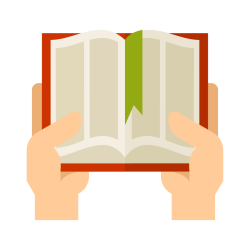
Korean Speech Levels
Commonly Korean Speech Levels
Commonly Used Korean Speech Levels
In modern-day Korea, only four styles of speech: Hasipsio-che, Haeyo-che, Haera-che, Hae-che are frequently used in everyday life. The first two styles are called polite speech (Jondanmal ) and the last two styles are called casual speech (banmal).Here is the summary for each speech level with example usage:
- Formal and polite/ Hasipsio-che (하십시오체): used by TV broadcasters, to elders
- Formal and casual/Haera-che (해라체): used in reported speech and written materials
- Informal and polite/Haeyo-che (해요체): used between strangers, colleagues
- Informal and casual/Hae-che (해체): used between close friends and younger people
Common Korean Greetings at Different Speech Levels
안녕하세요 Hello/Hi/Good morning/Good afternoon/Good evening- Formal and polite: 안녕하십니까? (ann-yeong-ha-sib-nik-ka?)
- Informal and polite: 안녕하세요 (ann-yeong-ha-se-yo)
- Informal and casual: 안녕(ann-yeong)
2. 만나서 반가워요 Glad to meet you
- Formal and polite: 만나서 반갑습니다 (man-na-seo ban-gab-seub-ni-da)
- Formal and casual: 만나서 반갑다 (man-na-seo ban-gab-da)
- Informal and polite: 만나서 반가워요 (man-na-seo ban-ga-wo-yo)
- Informal and casual: 만나서 반가워 (man-na-seo ban-ga-wo)
For example, “어머니가 만들어 주신 점심을 먹었어”
I had lunch made by my mom.
the sentence itself is not formal. However, in Korean, the word 시 was added to show respect to the mother and has no real meaning.